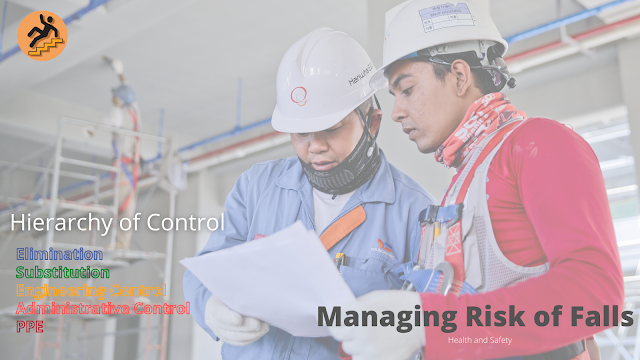Safety of Pressure Vessels and Pressure System
Pressure Vessels
A pressure vessel consists mainly of a series of sheets of metal suitably shaped and welded together. They are designed to contain stored energy above atmospheric pressure. Pressure vessels, typically steam boilers and air receivers, are inherently potentially dangerous items of plant and there is a long and tragic history of accidents associated with them.
-Typically injuries relate from:
The impact from the blast of an explosion or release of
compressed liquid or gas.
Impact form parts of equipment that fail or any flying
debris.
Contact with the released liquid or gas, such as steam, and
fire resulting from the escape of flammable liquids or gases; and
Oxygen depletion or enrichment.
-The typical causes of pressure system failure are:
- Poor equipment and or system design.
- Poor maintenance of equipment.
- An unsafe system of work.
- Operator error, poor training, and supervision.
- Poor installation: and
- Inadequate repairs or modification.
Steam Boilers
The purpose of a steam boiler is to produce steam under
pressure from raw materials (fuel, air and water).
The potential heat is made available through combustion, and
this is transmitted to and stored by water vapor.
Installations and fittings
To ensure maximum safety of operations, the following
installations and fittings are recommended for all pressure vessels, in
particular steam boilers:
Water Gauges
This is a gauge that shows the water level within the steam
boiler and will provide information that the water level is too low leading to
failure. Water gauges should be situated so that the operator can see the
minimum working level. Tubular gauges should be protected.
Safety Valves
To prevent overpressure the safety valve should be designed
to be capable of discharging the total peak evaporation of the boiler. They should
be so positioned or arranged to discharge safely and to prevent tampering with
settings.
Pressure Gauge
The maximum permissible working pressure should be clearly
marked on the gauge.
Blow Down Valve
A blowdown valve has three important functions: the removal
of settled boiler water solids (salts etc) content; ejection of sludge and
solids precipitated from the boiler water which settles at the bottom of the
boiler; and emptying the boiler prior to inspection
Stop Valve (Steam)
Located between the boiler and steam pipe or outlet, used to
control the flow of steam from the boiler.
Feed Check Valve
Is essentially a non-return valve to prevent water escaping
from the boiler should the pressure in the feed pipe be less than that in the
boiler.
Anti-Priming Pipe
Priming is the phenomenon whereby water is carried over from
one part of the boiler into another part, the action is mainly siphonic in
nature. To prevent the loss of water which would result, an anti-priming pipe
is fitted to break this siphonic action.
Automatic Controls
The majority of steam boilers are now automatically
controlled, and the most common water level and firing controls are float
operated controls situated outside the boiler.
Standards for automatic controls are:
- To assist the boiler attendant who constantly supervises the boiler; and
- Intended to replace continuous supervision with occasional supervision.
- The minimum recommended requirements for automatic controls for boilers not continuously supervised are:
- Automatic water level controls-to effectively maintain predetermined water levels.
- Automatic firing controls-should control the supply of fuel to the burners and shut off the supply in the event of:
- Flame/pilot light failure.
- Failure to ignite fuel.
- Safety valve pressure is reached.
- The water level falls.
- Failure of induced draught fans or flue damper; and
- Independent overriding control-should cut off the fuel supply.
Electrical failure to safety-faults in circuits should cause
fuel and air supply to shut off. Positive means requiring manual resetting should also be provided if there were to be a failure of the electrical supply.
Hazards Associated
with Boiler Operation-
Overheating caused by Low Water Level
The main causes are:
Lack of testing and maintenance controls; and
Inadequate standards of controls.
Over-Pressurizing Caused by Pressures in Excess of Vessel
Capacity
The main causes are:
Failure of pressure relief devices.
Operator error; and
Inadequate design and lack of information on safe working
pressure.
Corrosion
The effects of vessel corrosion are:
Wastage (loss of metal thickness and strength).
Grooving (a form of mechanical corrosion, due to expansion
and contraction and accelerated by a buildup of solids).
Distortion (a situation where excessive scale is allowed to
buildup on surfaces);
Soot, leading t sulphuric acid when moist.
These conditions can result in explosion or failure of the
system.


.png)
.png)


Comments
Post a Comment